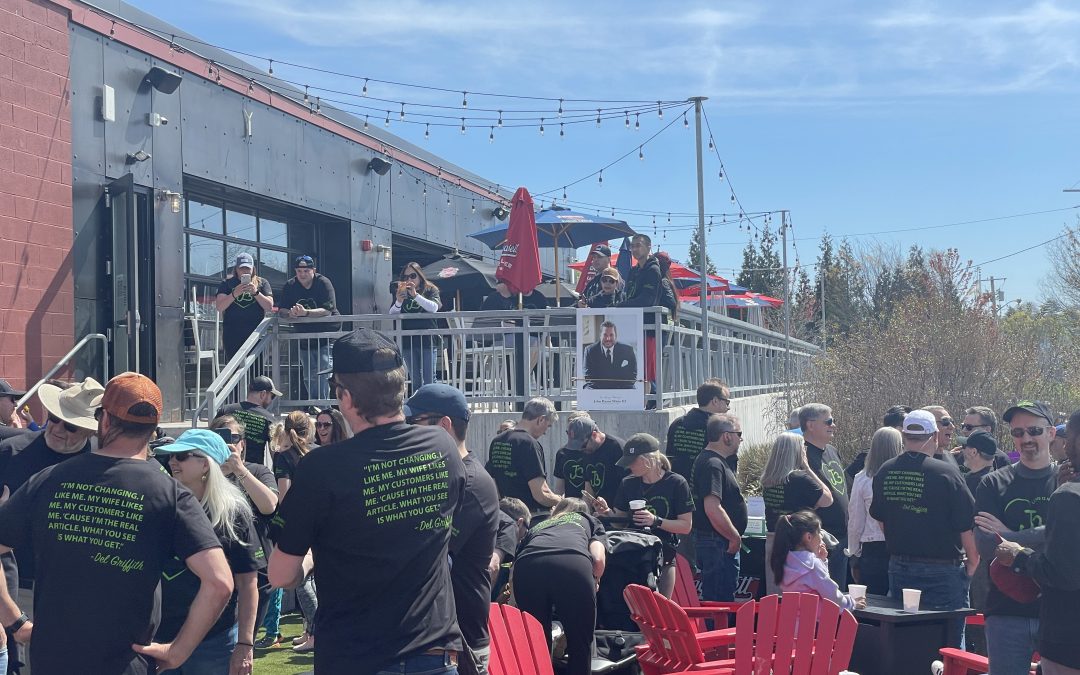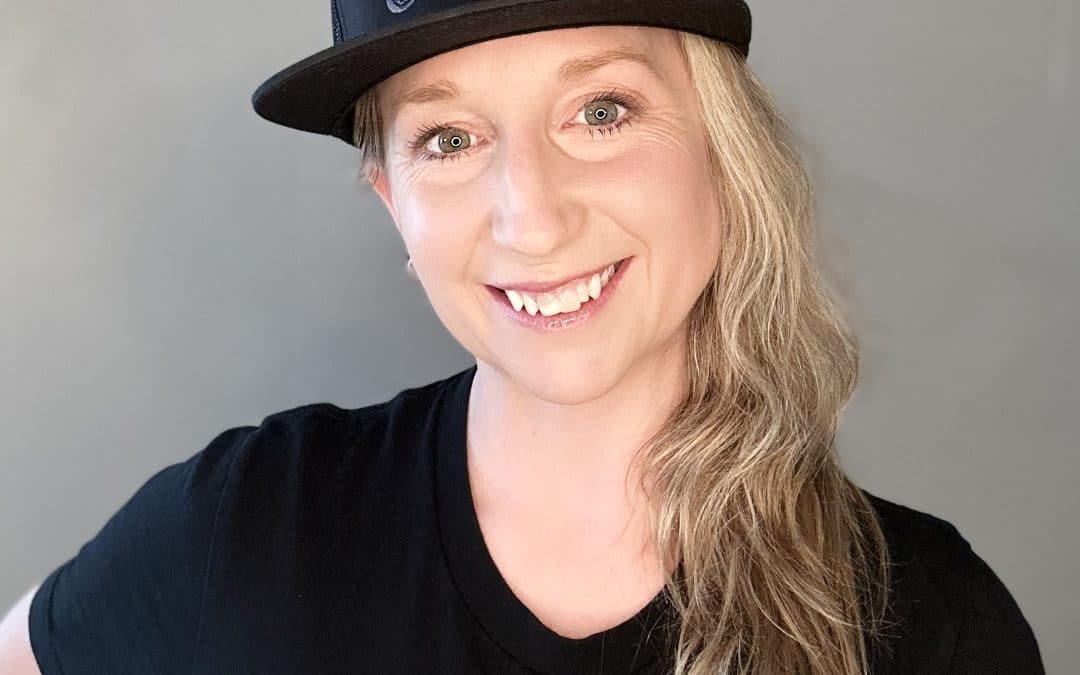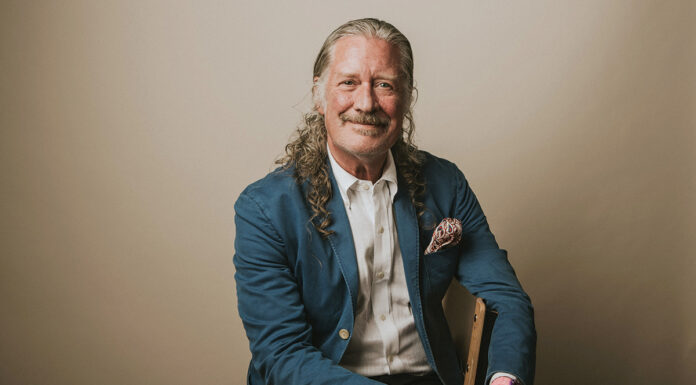Brian Germain, owner of Germain Plumbing & Heating in Attleboro, MA always uses Taco pumps and other equipment for the light commercial and industrial jobs that keep his 16-employee company busy year-round. “Tacos long been king in our area, of course,” he says, but more importantly from my standpoint, weve never experienced a problem with any Taco product.”
True to his word on using Taco, Germain installed two Taco 1618 and three 1600 pumps along with Taco 007 circulators and Taco Flo-Cheks in what has to be one of the cleanest, most efficient mechanical rooms to be found anywhere in this case inside the Reeves Company, Inc., also of Attleboro. Reeves, a small manufacturer of plastic and metallic name badges for use by government agencies, airlines and car rental agencies, hired Germain Plumbing & Heating last year to retrofit its aging heating system.
In business since 1948, Reeves occupies about 18,000 sq. ft. of office, assembly and warehouse space and employs around 25 people. The one-story building was constructed in three phases over the years, so indoor comfort varied depending on what section of the building the companys employees worked in. By 2005 the original H.B Smith boiler converted over to gas from oil at one point in its operational life and now much less than efficient in its heat output -was at the end of its usefulness. Company president Tom Reeves, son of the companys founder, decided it was time for a new state-of-the-art heating system that he would help design himself.

Brian Germain presented a design that included two Munchkin high efficiency gas-fired boilers model 399-M boasting 92 AFUE. Munchkin boilers are very efficient, have a reputation for excellent reliability, and are quiet running,” says Brian. Despite the extra cost, however, Tom Reeves wanted three Munchkin boilers so that the system could cycle all three equally for greater efficiency. Tom is a former U.S. Navy submariner who served in diesel-powered subs, so he likes maximum achievable efficiency, redundancy and cleanliness. He also knows a thing or two about mechanics, piping schemes and heat transfer from his Navy days because, as he relates, Every sailor on board a diesel sub had to know how to fix things because you never knew when you might have to during an emergency.”
Germain and Reeves created eight zones for the heating system, and Reeves investigated and then installed a software control system, modeled on Munchkins, that would monitor his heat system, adjust for heat loss within the different zones, and provide us with a constant measure of how were doing in terms of efficiency.” Assisted by a Taco outdoor temperature reset, the software system maintains a constant indoor air temperature between 72-74 F. It cycles the three Munchkin boilers for equal service during the work day. In the summer, when the heat system is off, the software cycles the Taco pumps for five minutes each day so that their internal seals wont dry out.

Based on Reeves suggestions for ease of service and cleanliness, Germain raised the three Munchkin boilers above the mechanical room floor. Also, each of the Taco pumps can be unplugged for maintenance, as needed, without affecting the ongoing operation of the heat system. In a mechanical room that is a delight to the eyes as well as a model of efficiency, pipes painted blue show the return line from the heat zones and red pipes the return line from the trio of Munchkin boilers.
This past winter Tom Reeves saw a 35 percent saving on his heating bill due to the new system. True to his background as a submarine veteran who seeks to leave nothing to chance, he keeps a spare Taco 1800 pump by the mechanical room not that hell ever need it.




